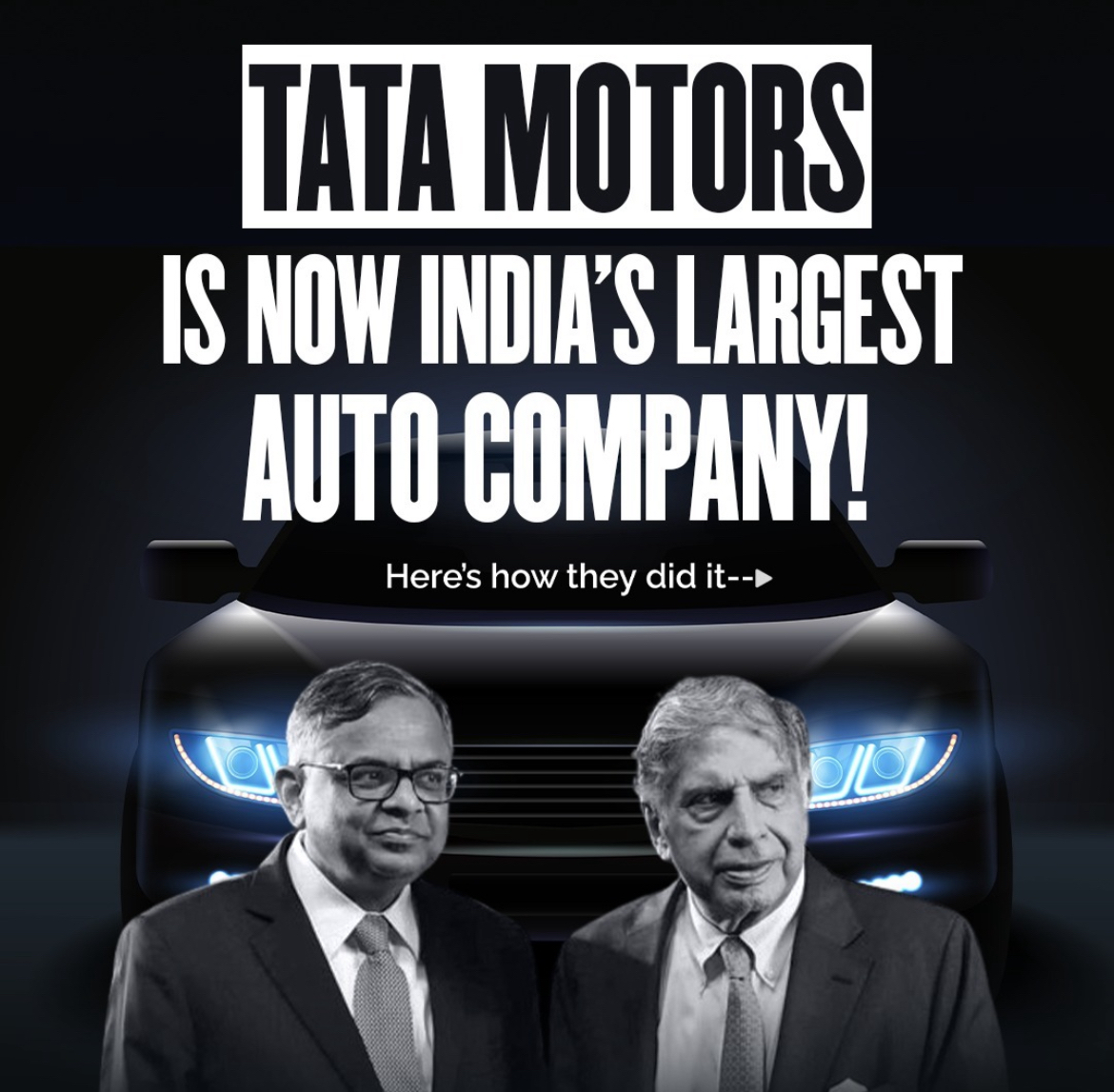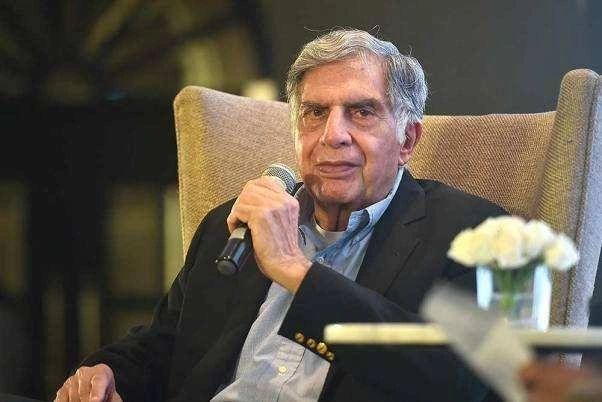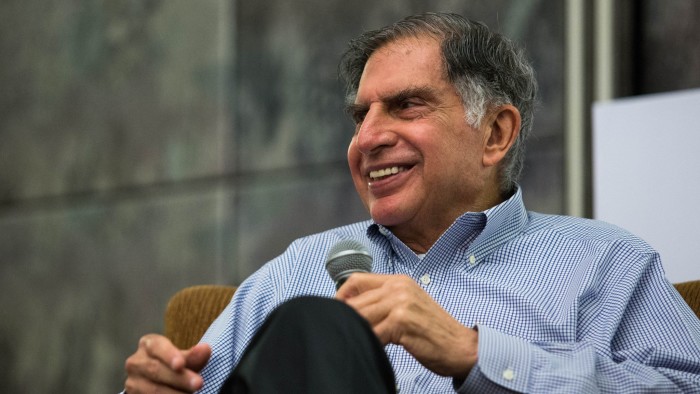Back
Nawal
Entrepreneur | Build... • 8m
The Tata Takeover: How Ratan Tata Built an Indian Legacy 1991. A quiet yet determined man takes over the Tata Group. He has big shoes to fill J.R.D. Tata built an empire, but now it’s his turn. The idea? Modernize Tata and take it global. The reality? People doubt him. Tata Sons is a conservative business house. Investors think Ratan Tata is too soft. Senior executives resist his bold ideas. If he doesn’t act fast, Tata will remain stuck in the past. 1991-2000: Ratan Tata Makes His Move One by one, he removes the obstacles. Restructures Tata Group, making it leaner and more efficient. Pushes out old-school leaders resisting change. Introduces Tata Indica—India’s first indigenous car. Sells non-performing businesses to focus on steel, cars, and telecom. Because he knows: Tata isn’t just a business, it’s India’s future. 2000-2010: The Empire Expands 2000: Acquires Tetley Tea, putting Tata on the global map. 2004: Tata Steel buys Corus, making it the world’s 5th-largest steel producer. 2008: The boldest move yet, Tata Motors buys Jaguar & Land Rover from Ford. 2009: Launches the world’s cheapest car, the Tata Nano, proving innovation isn’t just for the rich. While others hesitated, Tata took Indian business global. 2010-Present: The Legacy Lives On Builds Tata Consultancy Services (TCS) into a tech giant. Expands Tata’s reach into over 100 countries. Champions ethical business and philanthropy, ensuring Tata is more than just profit. 3 Lessons from Ratan Tata’s Takeover 1. Bet on your vision. He ignored doubters and turned Tata into a global force. 2. Make bold moves. Buying Jaguar & Land Rover when the world thought Tata Motors couldn’t? Genius. 3. Lead with purpose. Tata’s goal was never just money, it was India’s progress. Most leaders run companies. Ratan Tata built a legacy 🔥
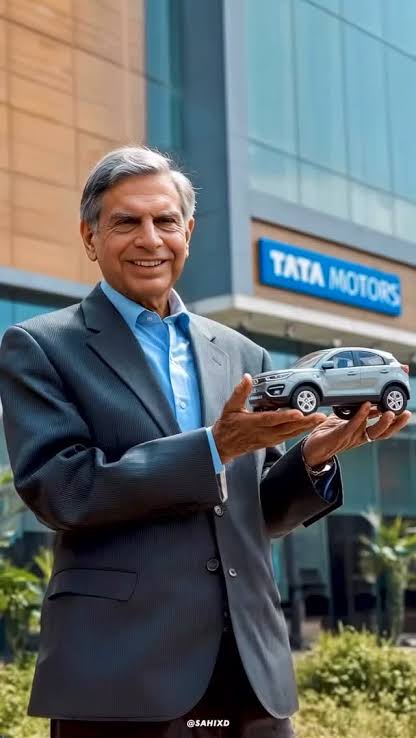
More like this
Recommendations from Medial
Account Deleted
Hey I am on Medial • 1y
"Ratan Tata was an exemplary leader who transformed the Tata Group into a global powerhouse. Known for his vision, integrity, and humility, he led the company through pivotal acquisitions like Jaguar Land Rover and Corus Steel, expanding its global f
See More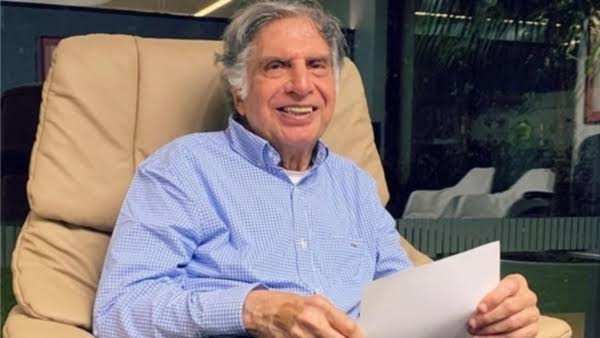
Karan Thakur
Hey I am on Medial • 11m
Ratan Naval Tata, an iconic figure in Indian business, passed away on October 9, 2024, at the age of 86. He served as the Chairman of the Tata Group, one of India's largest conglomerates, from 1990 to 2012. Key Highlights of Ratan Tata's Legacy: * T
See MoreMahendra Lochhab
Content creator • 1y
Those Indian brands that look foreign to you. Jaguar Land rover: Tata Group had bought Jaguar and Land Rover in 2008. Royal Enfield: Royal Enfield is owned by Acher Motors of India. Hamlays: Reliance Industries had bought Hamlays in 2019 for ₹620
See MoreDr Sarun George Sunny
The Way I See It • 1y
“Ratan Tata: A Visionary’s Farewell, A Legacy of Inspiration” Today, with heavy hearts, we say goodbye to one of India’s greatest icons, Ratan Tata, who passed away at 86. Like Dr. A.P.J. Abdul Kalam, Tata was a visionary who dedicated his life to b
See More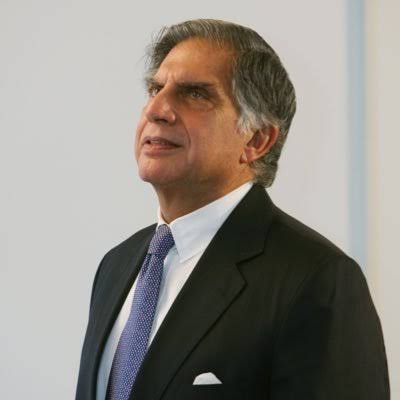
Vishal D Pawar
Delivering Promises! • 1y
Remembering a Legend: Ratan Tata (1937-2024)💔 Today, we mourn the loss of a true gem—Shri Ratan Tata. His contributions to Indian industry and society are unmatched, and his legacy will continue to inspire generations.💯✨ Ratan Tata was more than
See More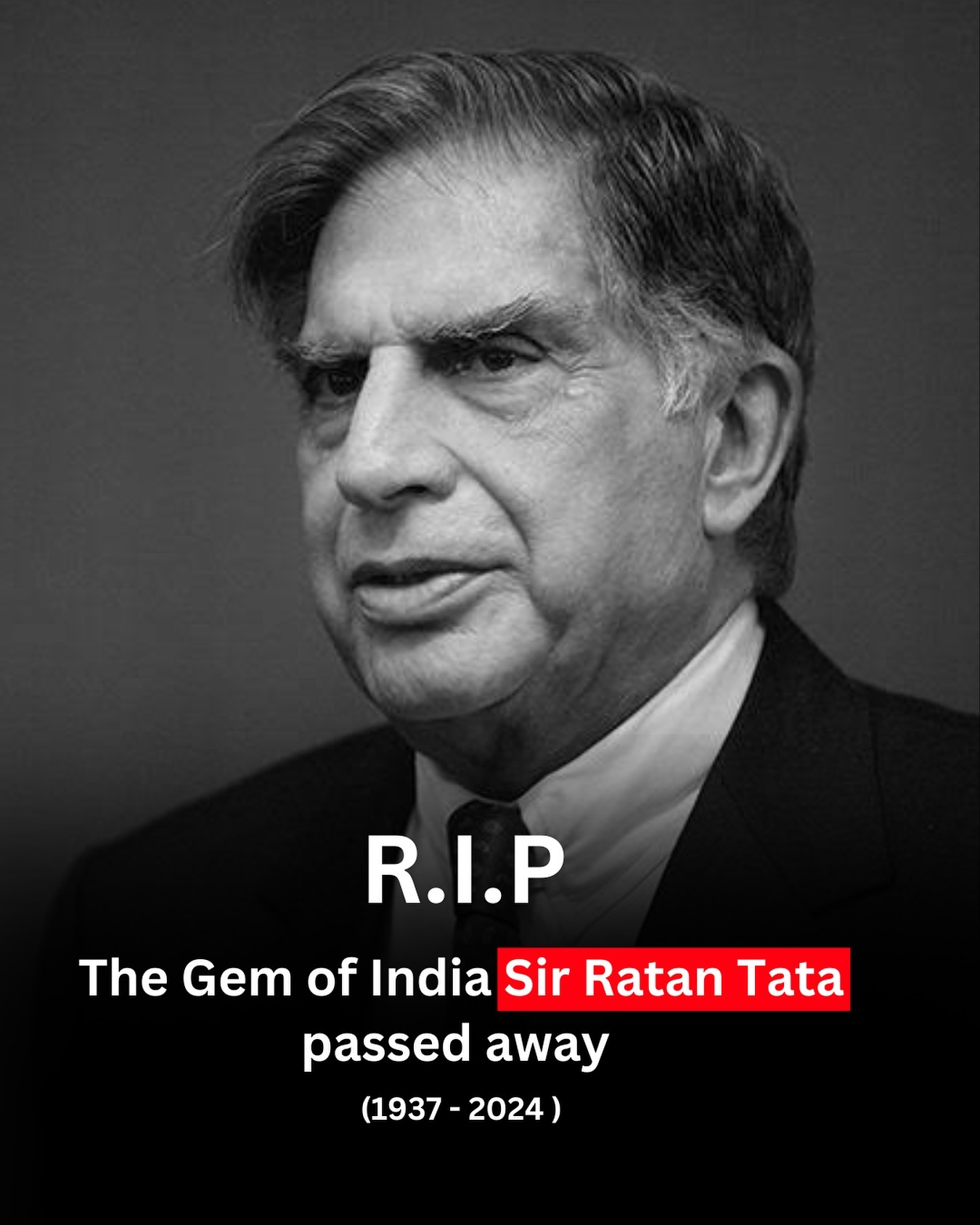

Download the medial app to read full posts, comements and news.







